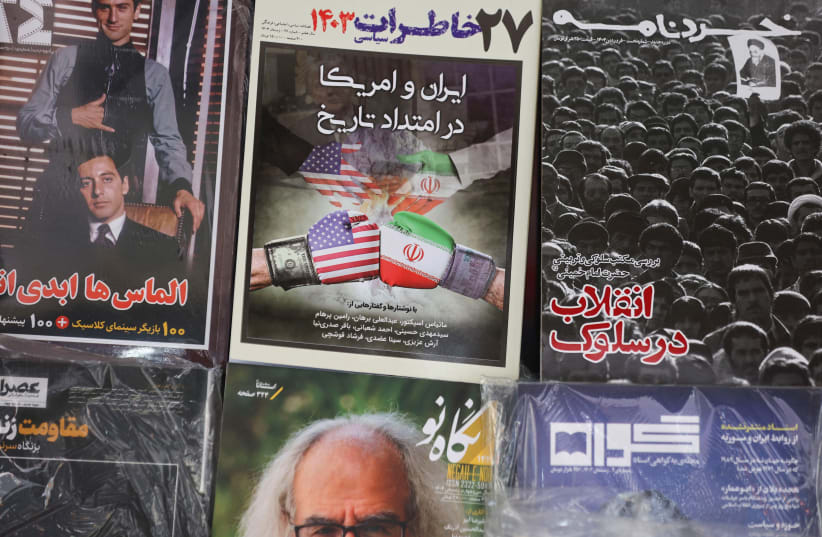In a recent interview with TIME Magazine, U.S. President Donald Trump made bold remarks about potential military action against Iran if a deal over its nuclear program is not reached. Trump suggested that the United States could take the lead in striking Iran’s nuclear infrastructure if negotiations with Tehran fail.
Trump’s Warning About Potential Conflict
During the interview on Friday, President Trump emphasized that the U.S. would “lead the pack” in responding to Iran’s nuclear ambitions if diplomatic efforts do not succeed. He said, “If we don’t make a deal, I’ll be leading the pack.” This statement came amid rising tensions between the U.S. and Iran regarding the latter’s nuclear program.
Netanyahu Faces Dilemma Over Iran
Trump also acknowledged that Israeli Prime Minister Benjamin Netanyahu could be faced with the prospect of a larger conflict in the Middle East if Iran’s nuclear facilities are attacked. However, he reassured that the U.S. would not be “dragged in” as a direct participant in the conflict. Instead, Trump indicated that the U.S. would play a leading role in any military action, ensuring a more strategic and influential position in the region.
Diplomatic Efforts Underway
The comments come at a time when diplomatic talks between the U.S. and Iran are ongoing, but there is little indication of a breakthrough. The U.S. has long been concerned about Iran’s nuclear program, which many Western nations believe is aimed at developing nuclear weapons. In contrast, Tehran insists that its nuclear activities are for peaceful purposes only.
Military Action as a Last Resort
While President Trump’s remarks suggest military action as a possible outcome, the U.S. has maintained that diplomacy remains the preferred path. However, the president’s statement raises concerns that, without a deal, the situation could escalate into a military confrontation. The potential for strikes on Iran’s nuclear sites would mark a significant shift in U.S. foreign policy and could further destabilize an already volatile Middle East.
Experts Weigh In
Military experts have expressed concerns about the risks of such a confrontation, noting that an attack on Iran could have severe regional implications. Iran has made it clear that any military strike on its nuclear sites would provoke a strong retaliation. Experts warn that this could lead to broader conflict involving U.S. allies and other regional powers.
Global Reactions to Trump’s Statement
World leaders have been closely monitoring the situation, with some expressing support for the U.S.’s stance, while others warn of the dangers of military escalation. The international community remains divided over how best to handle the growing tensions with Iran, with calls for more robust diplomatic measures alongside military deterrence.
The Role of Israel in the Situation
Israel’s role in the situation is critical. Prime Minister Netanyahu has been a vocal critic of Iran’s nuclear ambitions, and Israel has been preparing for the possibility of military strikes on Iranian nuclear facilities. Israel views a nuclear-armed Iran as an existential threat, and many analysts believe that Israel may act unilaterally if the U.S. does not take decisive action.


